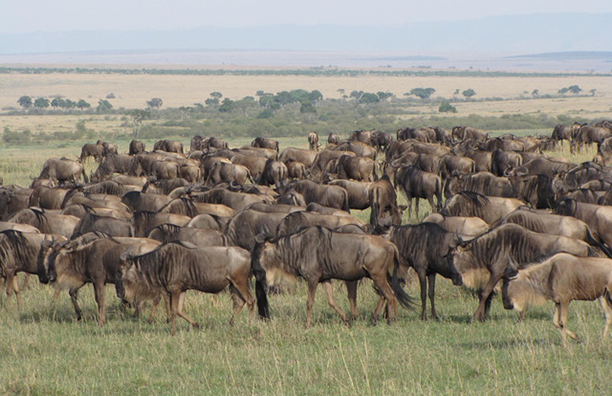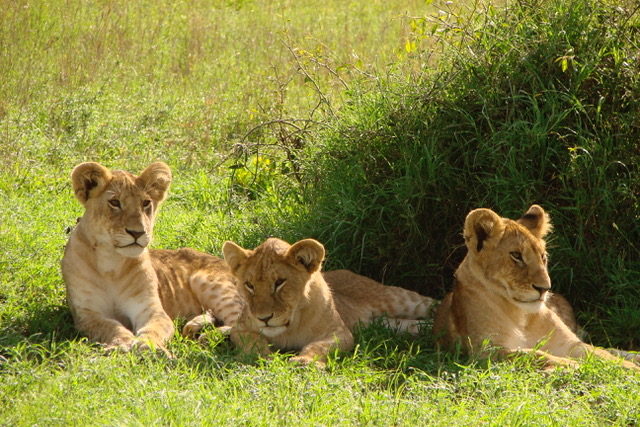Our Approach Has Reversed the Course of Wildlife Decline
Sustainability of the Maasai Mara-Serengeti ecosystem requires:
- Wildlife research and management through training and competency.
- Community awareness: the socio-economic benefits of wildlife and natural resources, integrated with livestock sustainability and management.
The ecosystem approach as described by the Convention on Biological Diversity (CBD) is an important framework for this project. Signed by 150 government leaders at the 1992 Rio Earth Summit, the Convention recognizes that biological diversity is about more than plants, animals and micro organisms and their ecosystems. Biological diversity is also about people and our need for food security, medicines, fresh air and water, shelter, and a clean and healthy environment.
The CBD notes that “the ecosystem approach remains a useful normative framework for bringing together social, economic, cultural and environmental values.”
Implementation of ecosystem sustainability is achieved when the interactions between economic, ecological and social systems are recognized and carried out with benefits to all.
Securing the livelihoods of local and indigenous people while living in harmony with nature is the core of the model. Projects which build on the ecosystem approach are characterized by close contact and dialogue between individuals and institutions. This mutual learning and voluntary participation creates incentives for sustainable use and equitable sharing of benefits from natural resources. Multiple stakeholders work together in an open and transparent environment with participatory planning, conflict resolution, stakeholder analysis, incentives for conservation and sustainable use, and equitable sharing of socioeconomic benefits from wildlife and other natural resources. A significant amount of capacity building is required, both individual and institutional, to create the necessary enabling environment.
Due to the ownership structure of the land (the Maasai community owns the land), community engagement is the first key to success. Preserving wildlife must first start with ensuring active participation and close dialogue between the Maasai community and the institutions working to assist them.



